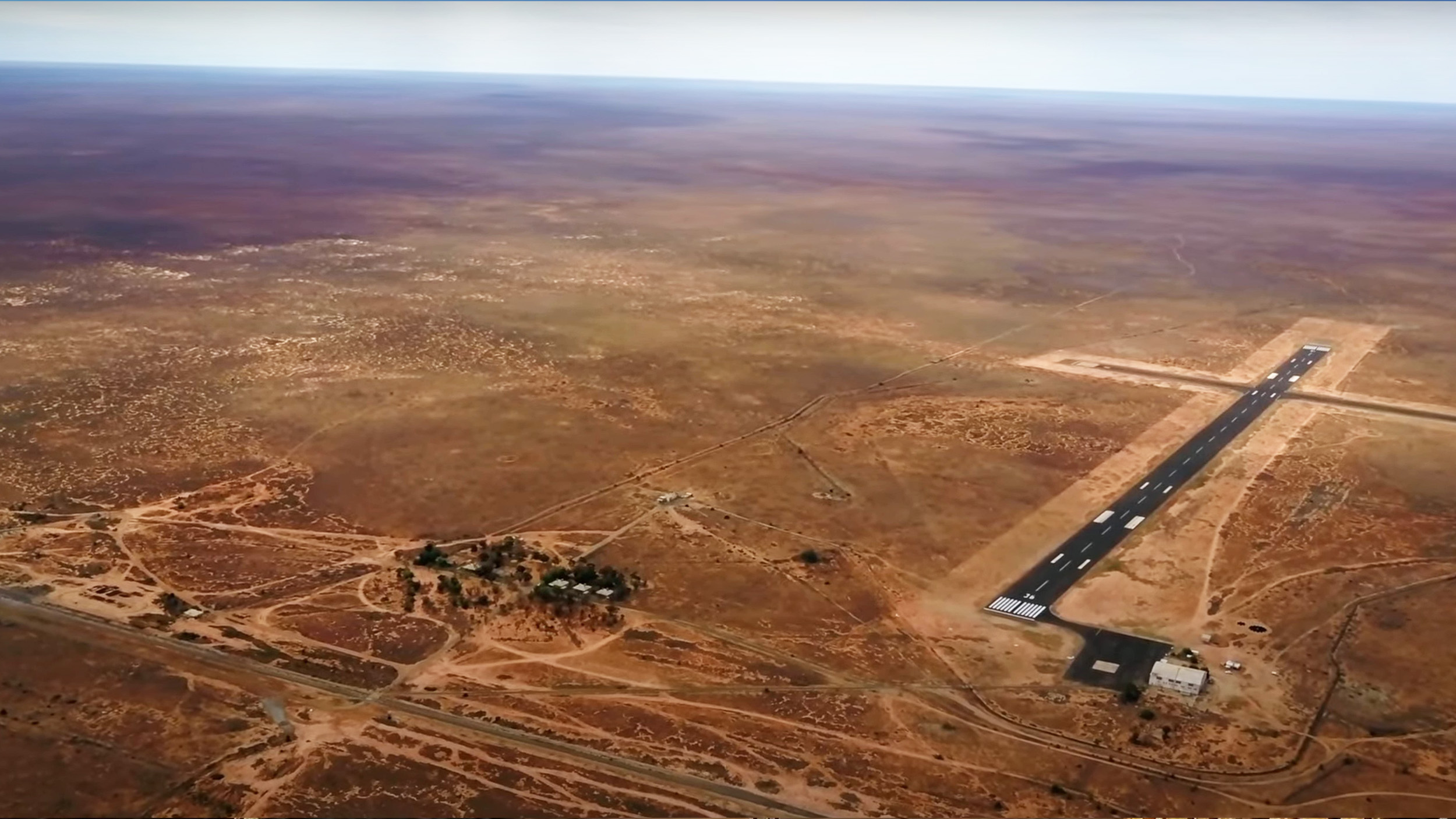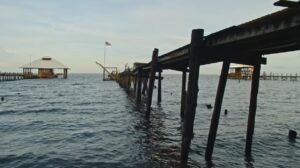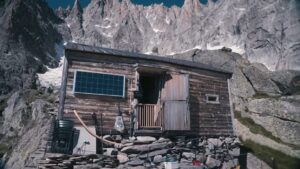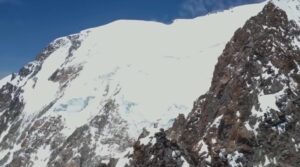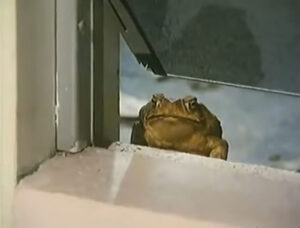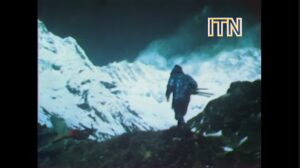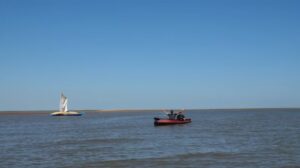The Big Wait begins with an unending field of blue sky, then tilts down to show the dry, scrubby Australian landscape. As the shot lingers, a train, so far over the horizon that it’s barely visible, slowly creeps into the frame. It’s a perfect beginning to the short documentary, given its subject — two people and a dog, managing a tiny emergency runway and six cottages that almost nobody ever visits.
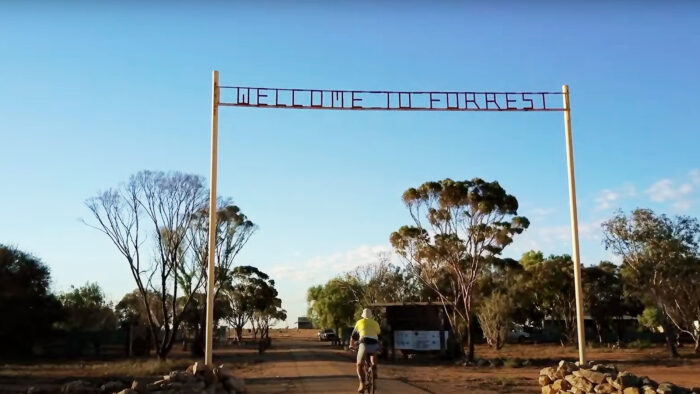
Photo: Screenshot
“Forrest is a township with one street, one intersection, and six cottages. And they’re only here because we have an airport. And we have people to look after it. That’s the managers, currently Greg and Kate,” Greg and Kate Barrington say jointly in an interview.
In the snippet, they refer to themselves in the third person and finish each other’s sentences — precisely as you’d expect people in their situation to do.
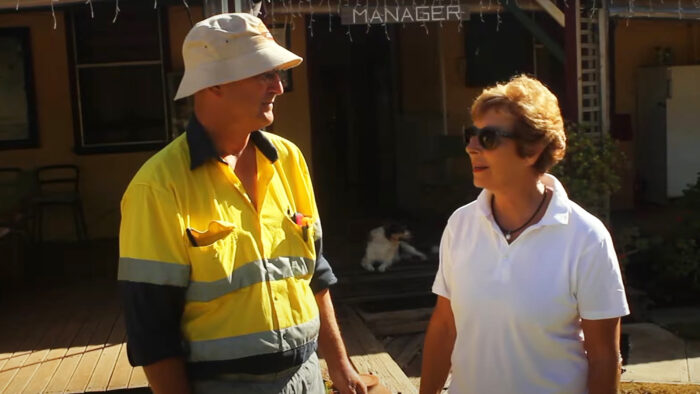
Photo: Screenshot
Population: two
“And Holly,” they say, referring to their dog. “Population of Forrest is…two.”
As Greg explains it, the cottages he and his wife caretake are hardly ever occupied because the “airport” he previously referred to is actually an emergency landing strip.
“Most of the time, it feels like an abandoned movie set because there aren’t people,” he says.
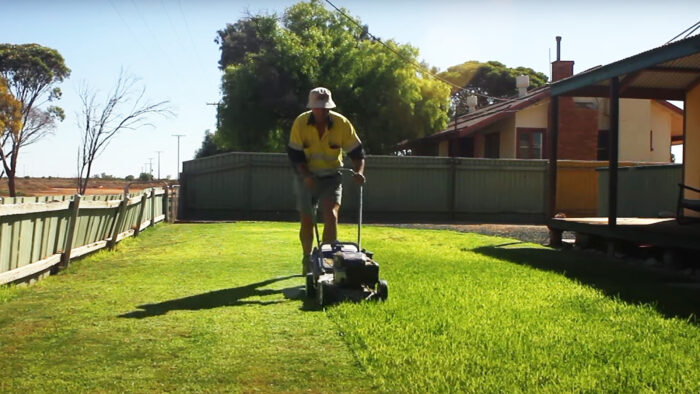
Photo: Screenshot
Nevertheless, Greg and Kate keep the cottages in pristine condition. They water and mow the lawns, wipe dust off the shelves, change the linens, place freshly rolled towels on the beds, and generally keep things ready for visitors. They even put fresh flowers in each of the rooms on a regular basis.
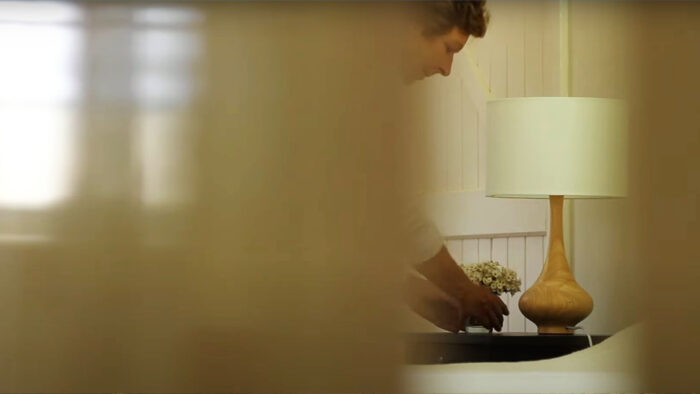
Photo: Screenshot
“You lose total track of time,” Kate says over footage of the pair riding their bikes for exercise on the empty emergency runway. “I don’t know what day of the week it is today. Or the date. It just…vanishes in a flash. The day is gone in a flash. Sunset, and next day, and you just keep rolling. And every day is different, that’s the best part. So you rarely get bored,” she continues.
That might seem hard to believe. But that’s what makes The Big Wait such a fascinating piece of filmmaking. The viewer can’t believe that Greg and Kate aren’t bored, and yet they clearly aren’t. They smile, they laugh, they fill their off hours with tennis games and haircuts. They drive their car at top speed down the runway, they ride their bikes, they have bonfires. They watch the sunrise and sunset.
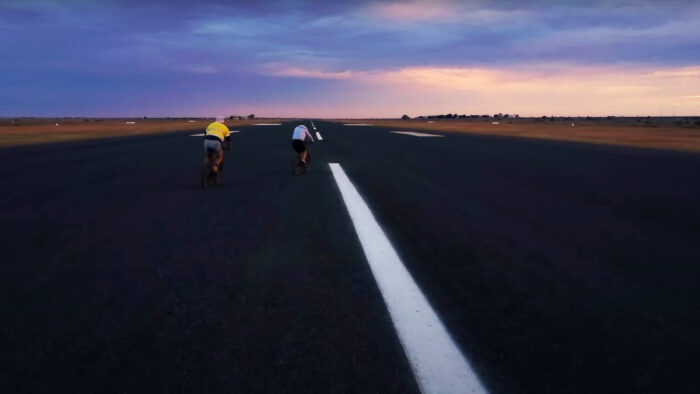
Photo: Screenshot
So much space
“There’s so much space, I find it gives me a chance to think more clearly,” Greg says. “because the troubles really go away. There’s nothing out there pressing in on you, and it’s really what comes from inside. I suppose you throw away all the non-essentials. There’s electricity, there’s water. If the train comes through, there’s food. With any luck a beer at the end of the day. And you don’t have to worry about ‘Am I going to get promoted,’ because there are only the two of us out here to start with.”
The filmmakers capture the experience with sensitivity. There’s no question that Greg and Kate are a bit odd, and slightly awkward. But The Big Wait’s tone is gentle, not mocking. And the film’s cinematographer excels at juxtaposing the weirdness of that row of cottages with the beauty of the Australian landscape, particularly at dawn and dusk.
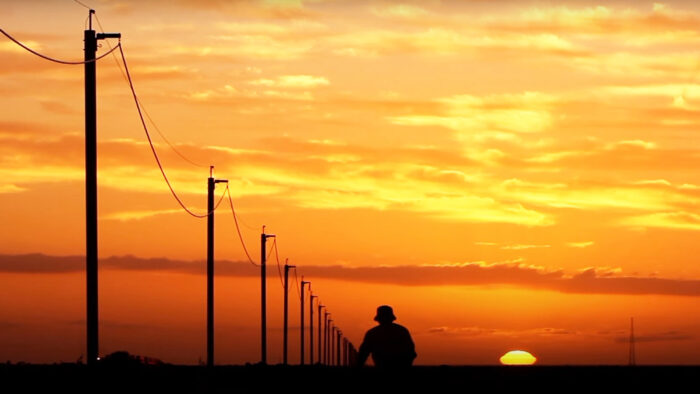
Photo: Screenshot
The Big Wait is the best kind of short documentary. It’s sweet, inquisitive, and is over before it wears out its welcome. At only 14 minutes, you can fit it in on your lunch break while you consider your own promotion (or lack thereof). And you just might find yourself wondering if Greg and Kate are on to something.
